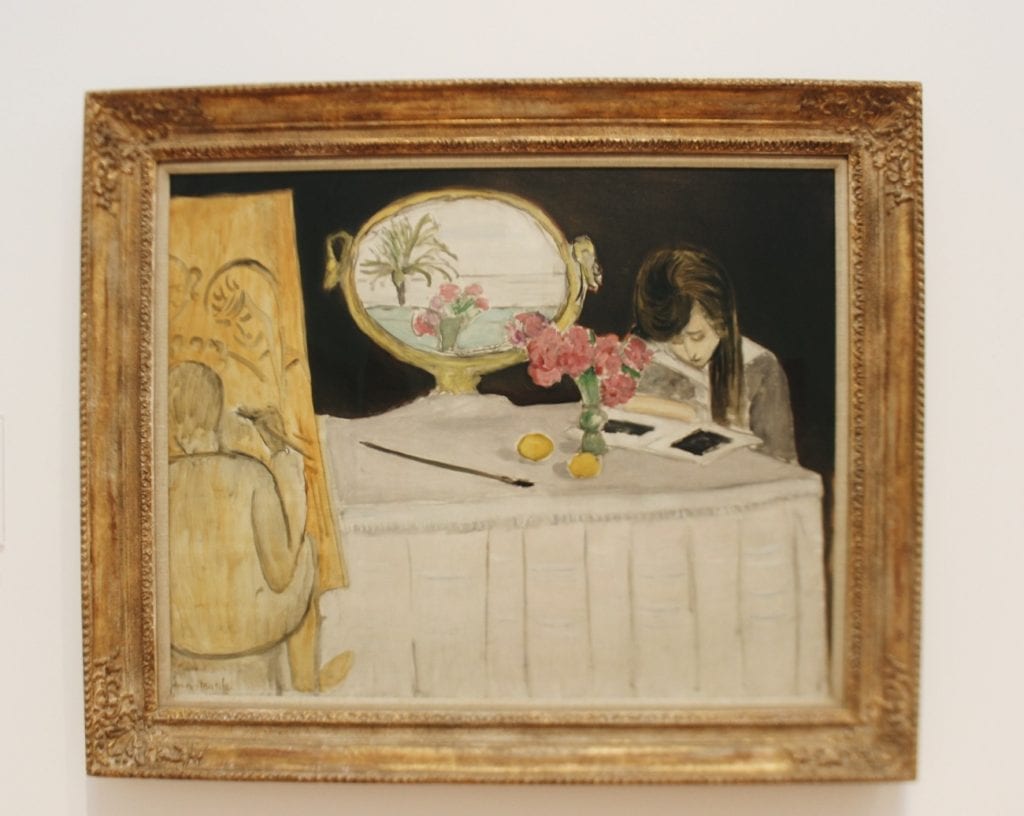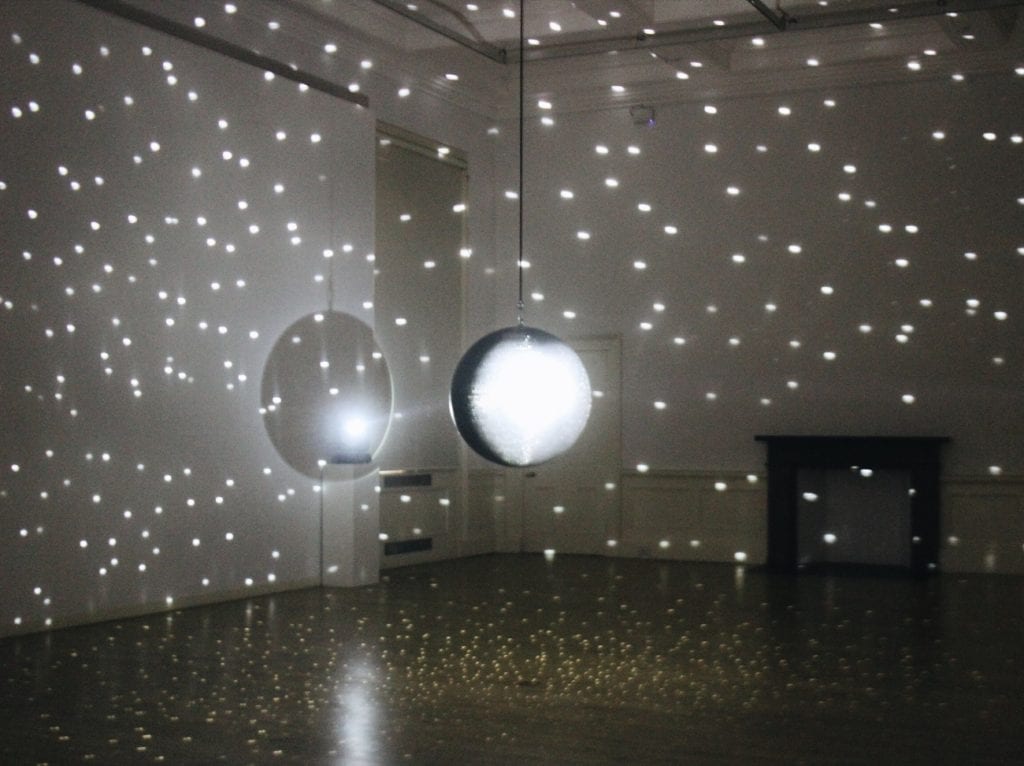In one of the gardens of the Scottish National Gallery of Modern Art in Edinburgh, there is a large sculpture constructed out of stilted scaffolding and electric lights which spells out the declaration ‘There will be no miracles here’.
The phrase, borrowed by artist Nathan Coley, is from a 17th-century royal proclamation that attempted to crack down on the suspicious number of miracles that were emerging out of a town in France at the time. This work is part of a series of public announcements Coley originally posted around Stirling to reflect his interest in how personal belief structures can interact with public spaces.
But at the Modern Gallery, the sign looms over the gardens devoid of any of this context, startling and ominous in the heaviness of its simple message. When I saw it for myself, in approaching the gallery building for my first visit to an art museum since lockdown began, it struck me as newly relevant to the post-pandemic reality in which we all now inhabit.

I was originally supposed to visit the Modern Gallery as a part of my art history course in mid-February, but the trip coincided with plans I had already made, so I skipped it, thinking I’d go over spring break. Of course, that never happened, and I’ve now spent the past six months regretting it.
So when I saw it had been announced that the gallery was reopening the day after my two-week self-isolation from the US was to end, I felt the timing had to be fate, and I immediately booked tickets to finally make my visit.
Inside, my experience was not unlike the new public reality to which we are all growing accustomed: mandatory masks, of course, intermittently placed hand-sanitizing stations, arrows of tape marking a one-way path on the floor and so forth. But it still felt like a day out at the museum.
I was there, and the art was there, and after being deprived of the simple experience of strolling through a gallery for so many months, that was all I needed. It was enough to be in a space marked by human culture, among works that endured the tumultuous 20th century, which saw so many of its own global crises, and beyond, into our own present chaos.
I finally got to see for myself Matisse’s The Painting Lesson, a work on which I wrote a 2,000-word essay last semester. I’ve always enjoyed the privilege of being able to get up close with a painting, but now, as I was able to pick out the individual brushstrokes I had so thoroughly analysed in such a different time, that privilege weighed upon me more than ever. The surrealism of seeing a work I had become so intimate with under such different circumstances was almost dizzying.
In another room, we viewed the work of Chris Ofili, one of Britain’s most acclaimed contemporary painters, notable for his use of unusual mixed materials. One in particular had elephant dung slung in a great lump upon the canvas, right alongside its colorful streaks of paint. Outside an in-person gallery space, the true effect of this choice of media would be totally lost, but there I was, able to examine it in detail for myself.
In the exhibition of Katie Paterson’s work downstairs, I spun in a room illuminated only by a massive disco ball, and in another listened curiously as a baby grand piano played Beethoven all on its own. Pictures and videos can do much to convey the physical appearance of such installations but are certainly not replacements for experiencing them for yourself. That is, of course, the value of visiting a museum: you can let every one of your senses embrace the creativity that surrounds you. For most of us, unfortunately, few such opportunities for this kind of stimulation have arisen over the past six months.
In leaving the gallery after my one-hour time slot was up, I once again passed Coley’s sculpture in the grounds. My head full of art and my heart in awe, I felt I had to disagree with its sentiment. Perhaps there would be no miracles on the grounds of the gallery that day, no inexplicable medical recovery or the discovery of a life-saving vaccine, no end to this newly distanced world to which we are adjusting.
But to me, the true art experience had been restored. I was once again able to stroll through a museum and immerse myself in the reverent hush of people simply standing in admiration of art. Six months into this global pandemic, that itself seemed a miracle.

